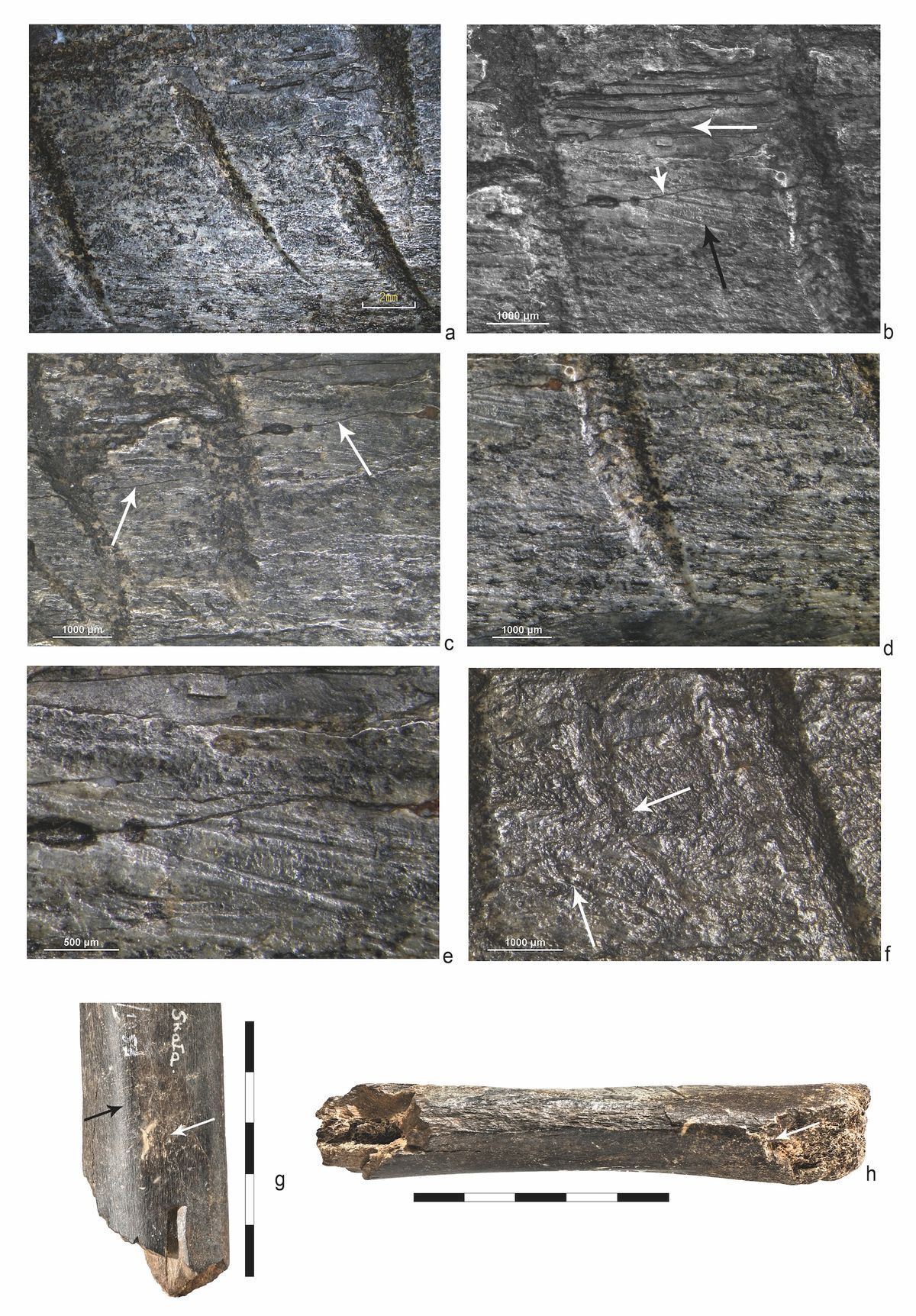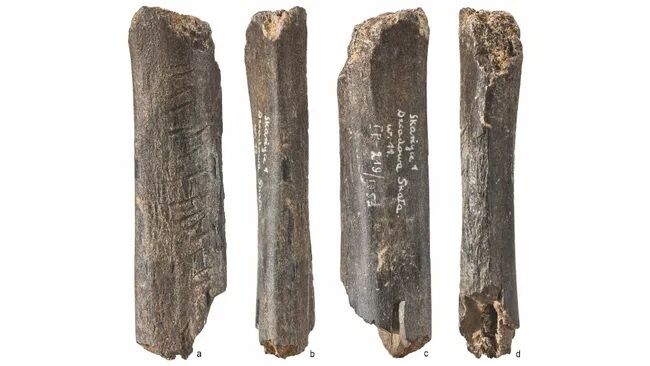Neanderthals made art 130 thousand years ago: what scientists have learned

Researchers have discovered that a 130,000-year-old bear bone found in a cave in Poland was deliberately marked with cuts, probably by a Neanderthal. These marks, which have no utilitarian purpose, are considered to be one of the oldest works of art in Eurasia created by Neanderthals.
According to Live Science, the bear bone has 17 unevenly spaced parallel cuts, probably made by a right-handed person. The researchers believe that the cuts could be a form of symbolic communication or have ritualistic significance.


Neanderthals are an extinct species of humans that lived in Eurasia from about 400,000 to 40,000 years ago. They were close relatives of modern humans and shared many similar physical characteristics.
The discovery sheds new light on the cognitive abilities and culture of Neanderthals, who were previously considered less developed than modern humans.
Scientists note that this is the oldest known symbolic art created by Neanderthals in Europe. The study shows that Neanderthals were capable of abstract thinking and symbolic communication.
The discovery also challenges traditional notions of Neanderthals as less intelligent than modern humans.
"This is one of the rather rare Neanderthal objects of a symbolic nature," said Tomasz Plonka, professor of archaeology at the University of Wroclaw. "These incisions have no utilitarian reason."
Some scientists believe that the incisions could be a form of symbolic communication or have ritualistic significance.
If you want to get the latest news about the war and events in Ukraine, subscribe to our Telegram channel!
